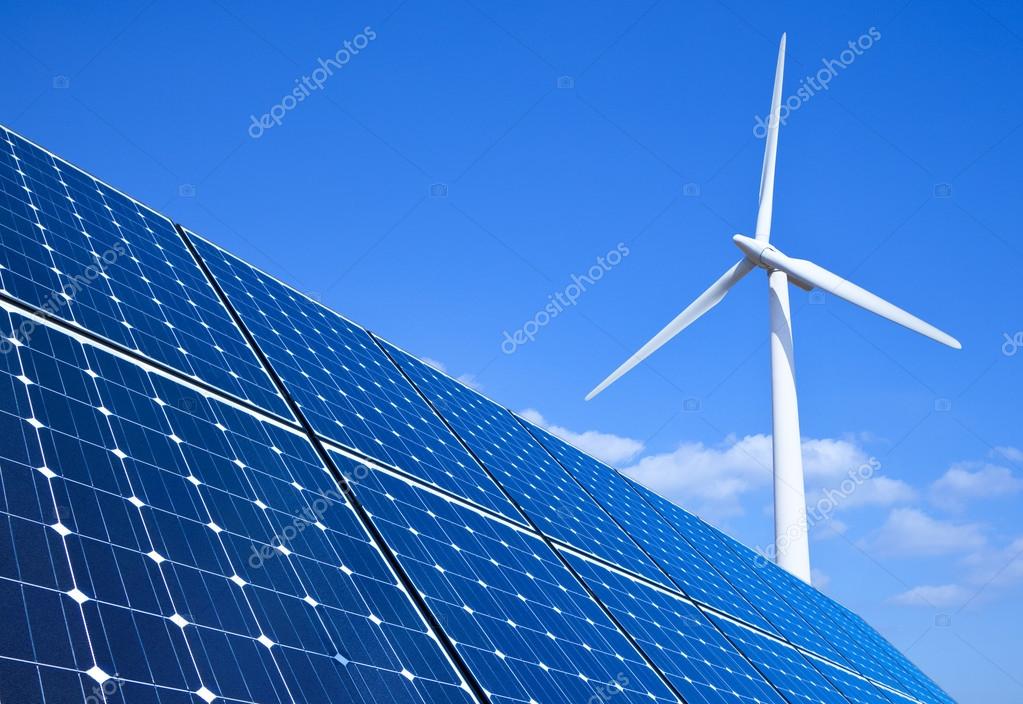The word “renewable energy” is often used in the news, on social media, in casual conversations, and at the water cooler with coworkers. This formerly obscure issue has inadvertently seeped into our regular conversations.
You presumably have a basic idea of renewable energy unless you’ve been living under a rock. We’d want to expand on that understanding by reviewing the various renewable energy sources and their proportional percentages of energy generation in the United States. And we’ll do our best not to sound like a textbook in the process!
Let’s first talk about renewable energy!
Renewable Energy
Renewable energy originates from “nearly unlimited” natural sources such as the sun, wind, water, and plants, according to the United States Energy Information Administration. This implies that any “renewable” energy source can never be depleted or exhausted. It must be organically replenished on a regular basis (during a human lifetime).
Different Alternative Energy Resources
Solar Energy
Solar energy is produced by catching sunlight’s radiant energy and converting it to heat, electricity, or hot water. Used in photovoltaic (PV) systems for converting direct sunlight into electricity. Solar energy systems, unlike fossil fuels, do not release greenhouse gases or pollute the air, making it one of the finest potential solutions to the climate issue.
Wind Energy
Wind farms use turbines to catch the energy of the wind and convert it to electricity. Wind energy conversion systems come in a variety of shapes and sizes. Single-wind turbines are used to enhance pre-existing energy organizations, whereas commercial-grade wind-powered producing systems may power a variety of organizations. Utility-scale wind farms, which are acquired on a contract or wholesale basis, are another option. Wind energy is a kind of solar energy in technical terms.
Geothermal Energy
Geothermal energy comes from the earth’s core. It’s hygienic, long-lasting, and safe for the environment. The delayed delay of radioactive particles produces high temperatures continually inside the earth’s crust. The steam is produced when hot rocks beneath the earth heat the water. After that, the steam is caught and used to propel turbines. Generators are powered by revolving turbines.
Tidal Energy
Tidal energy converts the kinetic energy of incoming and departing tides into electrical energy by using the rise and fall of tides. The use of tidal power to generate electricity is most common in coastal settings. Tidal energy is a renewable source of energy that provides a lot of electricity even when the tides aren’t moving fast.
Hydroelectric Energy
Many people are unaware that hydropower has long been used in most cities and towns across the world. Every huge dam you see is supplying hydropower to a power plant someplace. The water’s power is utilized to turn generators, which subsequently create energy. It is non-polluting, creates no waste, and emits no hazardous gases.

